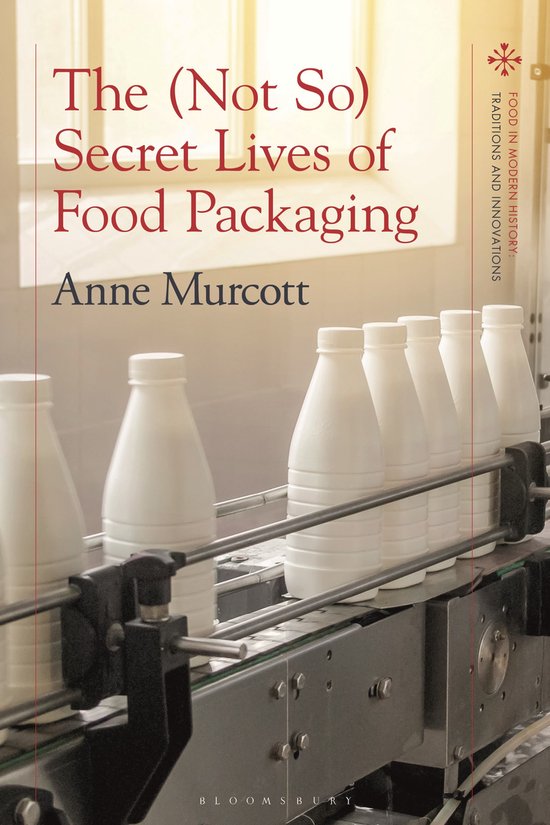
How To Wrap Five Eggs
Traditional Japanese packaging is an art form that applies sophisticated design and natural aesthetics to simple objects. In this elegant presentation of the baskets, boxes, wrappers, and containers that were used in ordinary, day-to-day life, we are offered a stunning example of a time before mass production. Largely constructed of bamboo, rice straw, hemp twine, paper, and leaves, all of the objects shown here are made from natural materials. Through 221 black-and-white photographs of authentic examples of traditional Japanese packaging—with commentary on the origins, materials, and use of each piece—the items here offer a look into a lost art, while also reminding us of the connection to nature and the human imprint of handwork that was once so alive and vibrant in our everyday lives. This classic book was originally published under the title How to Wrap Five More Eggs in 1975.
The eminent American designer George Nelson praised the work featured here, saying, “We have come a long, long way from the kind of thing so beautifully presented in this book. To suit the needs of super mass production, the traditional natural materials are too obstreperous . . . and one by one we have replaced them with the docile, predicable synthetics. . . . What we have gained from these [new] materials and wonderfully complicated processes to make up for the general pollution, rush, crowding, noise, sickness, and slickness is a subject for other forums. But what we have lost for sure is what this book is all about: a once-common sense of fitness in the relationships between hand, material, use, and shape, and above all, a sense of delight in the look and feel of very ordinary, humble things. This book is thus . . . a totally unexpected monument to a culture, a way of life, a universal sensibility carried through all objects down to the smallest, most inconsequential, and ephemeral things.”
Now, over thirty years later, this revived classic on the art of traditional Japanese packing may leave us with the same response, and the same appreciation for the natural and utile packaging presented in this book.
The eminent American designer George Nelson praised the work featured here, saying, “We have come a long, long way from the kind of thing so beautifully presented in this book. To suit the needs of super mass production, the traditional natural materials are too obstreperous . . . and one by one we have replaced them with the docile, predicable synthetics. . . . What we have gained from these [new] materials and wonderfully complicated processes to make up for the general pollution, rush, crowding, noise, sickness, and slickness is a subject for other forums. But what we have lost for sure is what this book is all about: a once-common sense of fitness in the relationships between hand, material, use, and shape, and above all, a sense of delight in the look and feel of very ordinary, humble things. This book is thus . . . a totally unexpected monument to a culture, a way of life, a universal sensibility carried through all objects down to the smallest, most inconsequential, and ephemeral things.”
Now, over thirty years later, this revived classic on the art of traditional Japanese packing may leave us with the same response, and the same appreciation for the natural and utile packaging presented in this book.
| Auteur | | Hideyuki Oka |
| Taal | | Engels |
| Type | | Paperback |
| Categorie | | Kunst & Fotografie |





